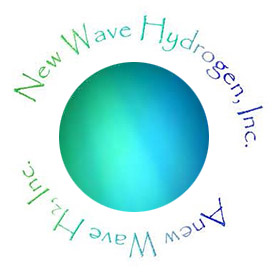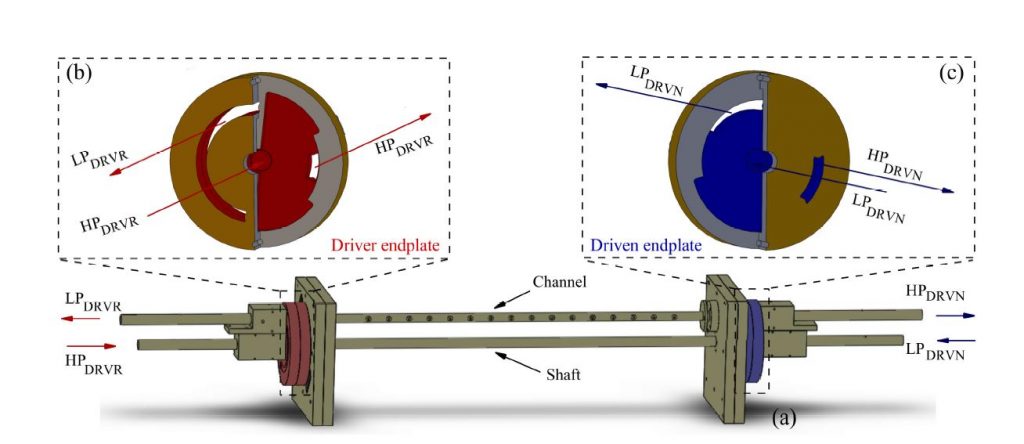Proceedings of ASME Turbo Expo 2022 Turbomachinery Technical Conference and Exposition
-
School of Sustainable Energy Engineering, Simon Fraser University,Surrey, BC V3T 4B7, Canada
-
Department of Mechanical Engineering, University of Bath, Claverton Down, Bath, Somerset BA2 7AY, United Kingdom
-
New Wave Hydrogen, Inc., Gainesville, Florida, USA
-
Department of Mechanical Engineering, California State Polytechnic University, Pomona, CA 91768-4062, USA
ABSTRACT
The paper describes a numerical investigation of the thermal decomposition of methane to hydrogen and carbon within a single-channel, four-port wave rotor using a three-dimensional (3-D), Reynolds-averaged Navier–Stokes (RANS) CFD model. This work is in support of the New Wave Hydrogen, Inc. ( NWH2) proprietary technology development. A Menter’s k ω SST turbulence is used for the closure of the mean momentum equations and is coupled to multispecies transport equations with a one-step finite-rate chemistry model. The kinetic model is validated based on a set of measurement data of a double-diaphragm shock tube case. To further examine the predictive accuracy of the numerical approach, the results of the 3-D single-channel wave rotor are compared with those of quasi-one-dimensional unsteady model that has been previously reported extensively in literature. It is observed that when the wave rotor channel is exposed to the high-pressure driven gas (HPDRVN) port, a secondary right-running shock wave is generated, which greatly energizes the flow around the HPDRVN port, resulting in large magnitudes of pressure and temperature; and consequently, the cracking of methane into hydrogen and carbon. The comparison between 1-D and 3-D simulation results indicate that the LPDRVN gas penetration is around 75% of the channel width in the case of 1-D, but is below 50% in the 3-D case. Furthermore, the conversion rate of methane in the 3-D case is one order of magnitude smaller than that in the 1-D case.

